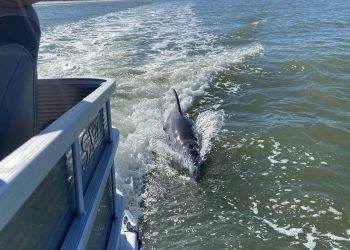Visitors to Sanibel Island are constantly surprised by the exceptional quantity and variety of seashells that wash up daily on Sanibel’s sandy coastline. This is due to the island jutting out into the Gulf of Mexico on a shallow underwater plateau. Lying in an east-west orientation, the island traps large number of shells that are stirred up by tides and waves and deposited in abundance on Sanibel’s white sand beaches.
Sanibel’s seashells attract thousands of shell collectors who can be seen performing the “Sanibel stoop” as they comb the waterline in search of that special seashell. Altogether more than 400 different varieties of shells can be found along with sand dollars, tiny pieces of coral and starfish.
You need to invest in a shell identification chart or book to identify your treasures. Look for periwinkles, whelks, baby’s ears, slipper shells, spiny jewel boxes, spiky murex, conchs, coquinas, cockles, clams and the very collectible alphabet cones where the patterns form certain letters.
Tips for Shelling on Sanibel
Generally the outer islands have the best shells as fewer people visit them. On Sanibel Island the lighthouse (eastern) end has mainly smaller shells while Captiva Island generally attracts larger ones. Low tide is the best time to wade out and search for new shells, or search the tideline after stormy weather.
It’s a good idea to wear sandals to avoid treading on sharp shells or stingrays buried in the sand. Take a bucket to collect your finds and check each shell is empty before adding it to your collection.
Seashells can smell if not properly cleaned. Soak all your shells in a bucket of 50-50 bleach and water. Once the flaky covering (periostracum) has gone, remove the shells, rinse and let them dry. File any rough edges if you wish and give the shells a shine by wiping them with baby oil.











